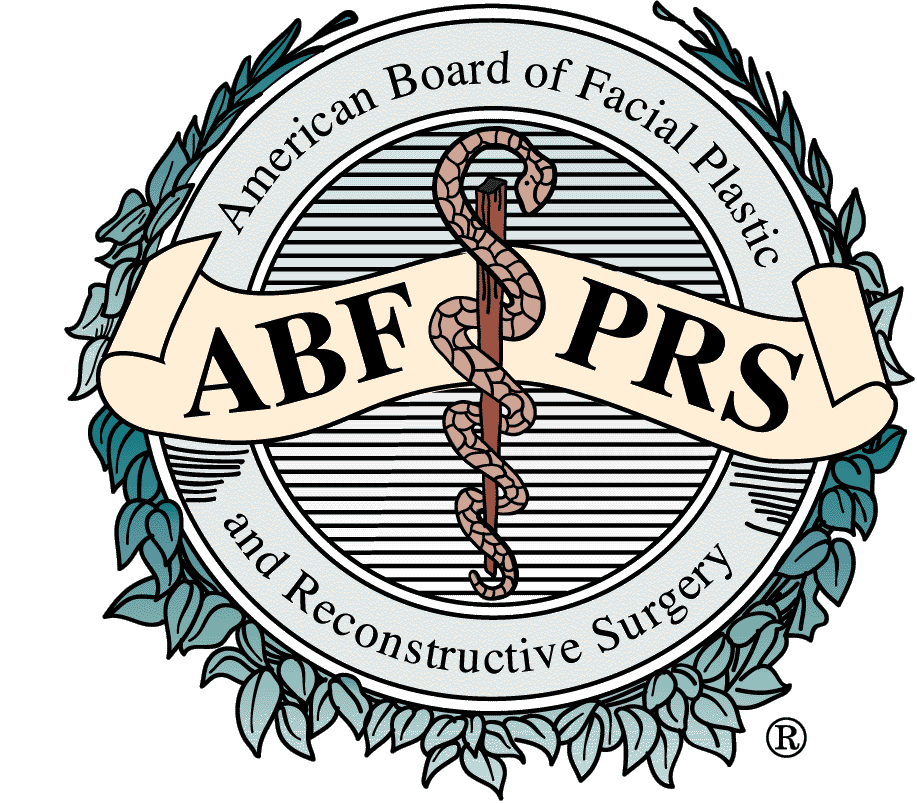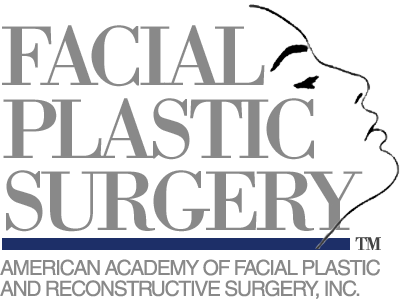Facial Lesions & Skin Cancer Reconstruction
View our before & after gallery and procedure instructions below

Facial Lesions & Skin Cancer Reconstruction Jacksonville
Skin cancer is the most common form of cancer in the United States. More than 500,000 new cases are reported each year, and the incidence is rising faster than any other type of cancer. While skin cancers can be found on any part of the body, about 80 percent appear on the face, head, or neck, where they can be disfiguring as well as dangerous. Dr. Trimas is board-certified in Facial Plastic and Reconstructive surgery, and can carefully remove your facial lesions or facial skin cancer with minimal scarring.
The primary cause of skin cancer is ultraviolet radiation -most often from the sun, but can also be caused by tanning beds. Anyone, and any skin type can get skin cancer. However, you are at greater risk if you have fair skin that freckles easily, light-colored hair and eyes, numerous moles, a family history of skin cancer or personal history of blistering sunburn, spend a lot of time outdoors, live in Florida, along with other factors.
Most skin cancers on the face are removed surgically by Dr. Trimas. If the cancer is small, the procedure can be done quickly and easily, in an outpatient facility or at Atlantic Surgery Center of Jacksonville Beach. The procedure may be a simple excision, which usually leaves a thin, barely visible scar. If the cancer is large, however, or if it has spread to the lymph glands or elsewhere in the body, major surgery may be required.
In some cases, Mohs surgery may be required. If so, we will refer you to a local Mohs surgeon. During a Mohs procedure, the surgeon removes the visible skin cancer along with a thin layer of surrounding tissue. This tissue is then examined to confirm that all of the cancerous tissue has been removed. This process will be continued until there is no evidence of cancer. On average, it is done about 1-3 times during the procedure. Mohs surgery ensures that only cancerous tissue is removed during the procedure, minimizing the loss of healthy tissue.
Once your Mohs procedure is complete, we will coordinate with your Mohs surgeon to have Dr. Trimas carefully close the excised area, leaving the smallest scar possible. Following your procedure, Dr. Trimas may suggest laser therapy to give the area a more aesthetically pleasing appearance.
Instructions for Biopsy Care
- Clean biopsy site twice daily with a mild soap and water
- Pat dry and use a Q-tip to apply antibiotic ointment (Neosporin or Bacitracin) to the biopsy site after cleaning. If ointment diminishes during the day, then reapply.
- If needed, discomfort or swelling may be minimized by icing the area every hour for 15 minutes for the first two days.
- Tylenol extra strength can be taken every four hours as needed for pain.
- If sutures are present, they will be removed in the office in approximately 10 days.
- Avoid sun exposure to the biopsy site during the healing process. Once area has healed, use sun protection of SPF 45 or greater to the area when outdoors






